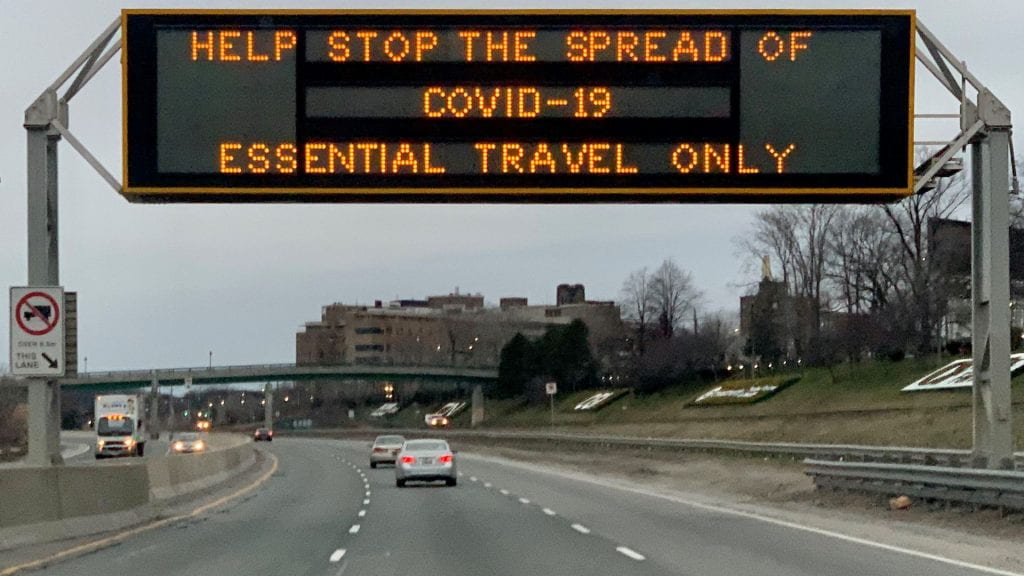When COVID-19 became a worldwide pandemic in mid-March, putting a stop on long-distance travel and reducing dramatically vehicular traffic, we witnessed a direct and significant improvement of our air quality. Photos of unusual blue and clear skies over large metropolitan areas were one of a few things that cheered us up in these dark times. Not only we were flying and driving less, but we were also experiencing a surge in appreciation for outdoor exercise and active transportation.
Since May, as the country has been gradually re-opening, vehicular traffic is starting to climb again. The fear of COVID-19 transmission is pushing many to turn their backs on public transportation, and to opt for individual cars instead. However, this trend could lead to dangerous new levels of air pollution, which is likely to result in a rise of coronavirus death rate.
As WashU campuses are preparing to safely re-open for the fall semester, employees and students will be re-assessing their ways to get to and from work. When making commuting decisions, it is critical not only to consider our personal health, but also the health of our community.
While driving alone may seem like the safest option in the short term, personal vehicles are a huge contributor to air pollution, which in turn has been linked to increased COVID-19 deaths due to its impact on the respiratory system. Between carpooling, public transit, and biking, there are plenty of ways you can commute and move around while simultaneously preventing the worsening of our air quality and preserving your personal health.
For those who must return to campus, we developed a list of tips for commuting safely during the COVID-19 pandemic. Use it along with our alternative transportation page to assess and plan your commute and travel modes in the months ahead.
